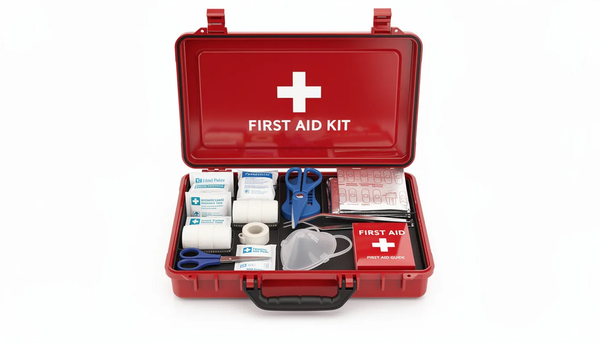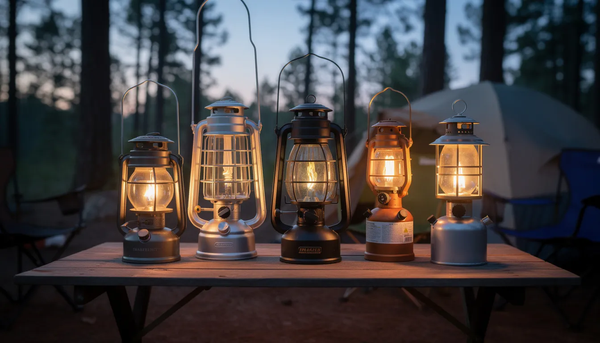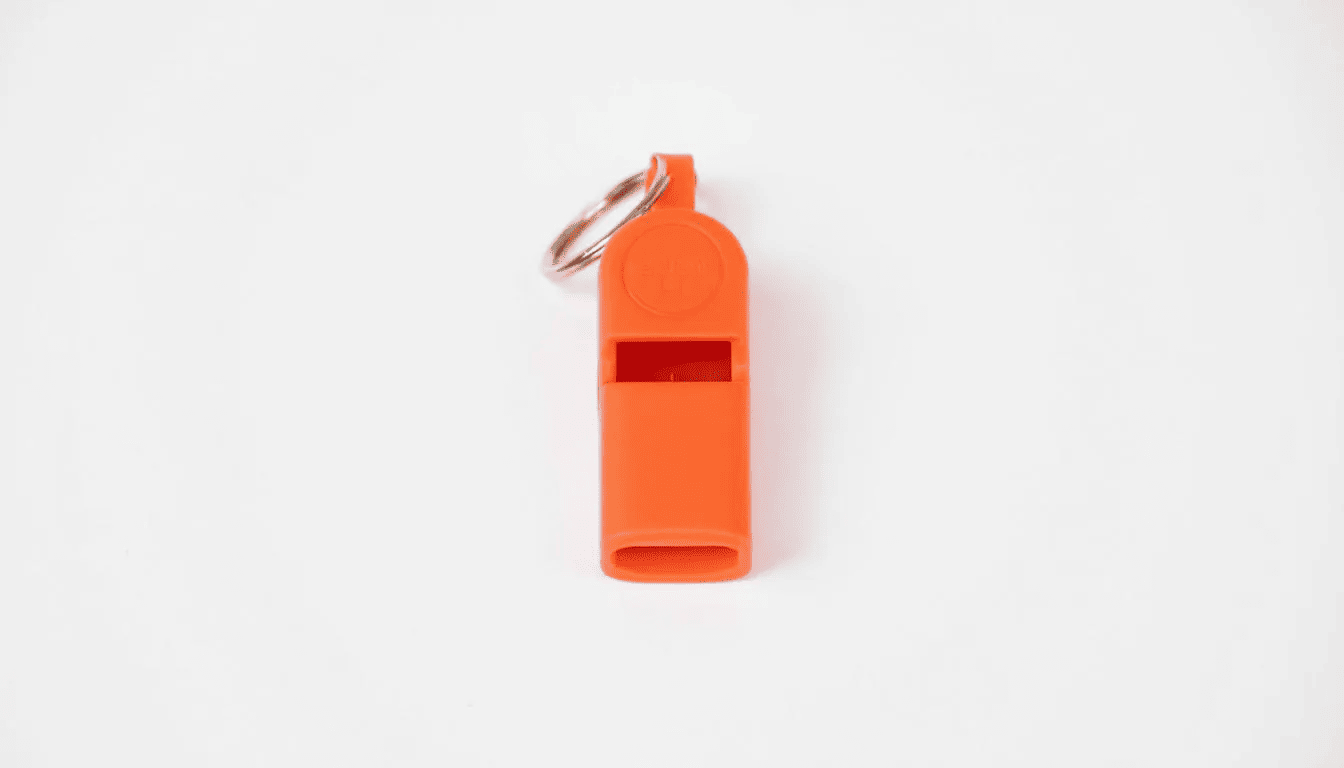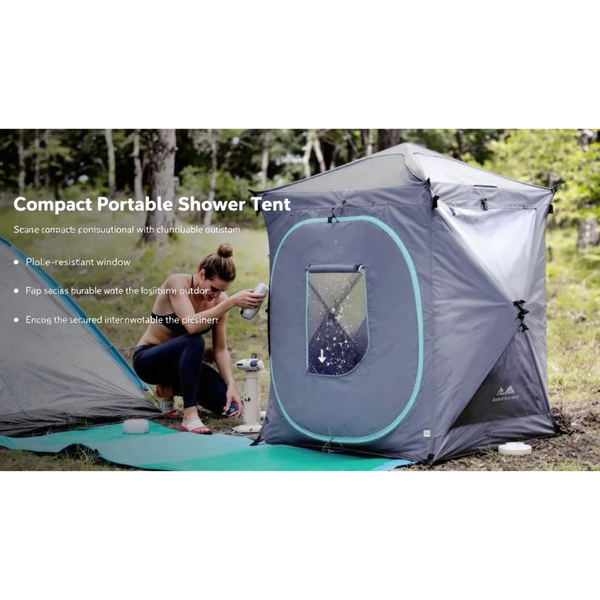Key Takeaways:
- Rechargeable flashlights blend convenience, eco-friendliness, and powerful performance, making them ideal for everyday carry, outdoor adventures, emergency flashlights, and more.
- Understanding essential features like brightness levels, battery types, charging methods—including USB-C and micro USB cable options—and durability helps you select the best rechargeable flashlight tailored to your needs.
- Insights from real user reviews and expert opinions provide valuable guidance to ensure you pick a reliable, long-lasting flashlight that truly shines.
The Rising Popularity of Rechargeable Flashlights
Rechargeable flashlights have become must-have gear in many households and outdoor kits due to their practicality and environmental benefits. Forget scrambling for spare disposable batteries in the dark—most flashlights charges quickly via USB cables, magnetic ports, or USB ports and are ready whenever you need them. Beyond convenience, they support sustainability by reducing disposable battery waste and reliance on rechargeable AA or AAA batteries.
The market offers a wide variety of rechargeable flashlights, from surprisingly bright compact keychain-sized lights to high-powered tactical flashlights and rechargeable spotlights. This diversity ensures there’s a perfect flashlight for every scenario, whether it’s camping, emergency preparedness, or everyday carry. However, with so many new flashlights flooding the market, selecting the right one can be overwhelming. Knowing the key features and benefits will help you make an informed choice.
What Is a Rechargeable Flashlight?
A rechargeable flashlight is a versatile, eco-conscious lighting device powered by rechargeable batteries, typically lithium ion batteries. Unlike traditional flashlights that rely on disposable AA or AAA batteries, rechargeable flashlights can be powered up repeatedly, saving money and reducing waste. They come in various forms—including handheld LED flashlights, headlamps, and lanterns—catering to a wide range of uses from outdoor exploration to emergency lighting. With a rechargeable flashlight, you get reliable, bright white light without the ongoing expense of buying batteries.
Types of Rechargeable Flashlights
Rechargeable flashlights come in several types, each offering unique features and benefits:
- LED Flashlights: Featuring energy-efficient rechargeable LED bulbs, these flashlights deliver bright, steady illumination with long battery life—ideal for camping and everyday tasks.
- USB Rechargeable Flashlights: Equipped with USB-C or micro USB charging ports, these models offer convenient charging from power banks, laptops, or car adapters using a USB cable.
- Lithium-Ion Rechargeable Flashlights: Powered by high-capacity lithium-ion batteries, these flashlights provide superior brightness, longer runtime, and sustained maximum output.
- Solar-Powered Rechargeable Flashlights: Integrated with solar panels, these flashlights recharge via sunlight, perfect for off-grid use and eco-conscious users.
- Tactical Flashlights: Built for rugged use, these powerful flashlights feature multiple brightness levels, strobe settings, and durable construction for demanding environments.
- High-Performance Models: For example, the Imalent MS18 is recognized as the brightest flashlight globally, delivering an astounding 100,000 lumens. The Acebeam X75 can sustain over 20,000 lumens for 20 minutes, ideal for extended high-intensity lighting needs.
Each type offers distinct advantages, enabling you to select the flashlight that best suits your lifestyle and requirements.
Understanding Flashlight Range and Brightness
When choosing a flashlight, consider both range and brightness. Range refers to how far the beam projects, which is crucial for spotting distant objects or illuminating large areas. Brightness, measured in lumens, indicates the intensity of the light—a higher lumen count means a brighter beam but can reduce battery life faster.
For example, a camping trip demands a flashlight with long range and high brightness to navigate safely in the wilderness. Conversely, a flashlight for home emergencies might only require moderate brightness and range. Many flashlights also feature adjustable zoom or focus, allowing you to switch between a wide floodlight and a focused spotlight beam for versatile use.
Understanding these factors ensures you choose a flashlight tailored precisely to your needs.
Benefits of Choosing a Rechargeable Flashlight
Opting for a rechargeable flashlight brings numerous advantages over traditional models:
- Cost Efficiency: Save money over time by eliminating frequent disposable battery purchases.
- Environmentally Friendly: Reduce electronic waste by minimizing disposable battery use and reliance on disposable batteries.
- Convenient Charging: Many flashlights include USB-C ports, micro USB cable options, or magnetic charging, enabling quick, versatile charging from various power sources.
- Long Battery Life: Some models offer over 10 hours of continuous use per charge, with multiple brightness settings—including five brightness settings—to optimize power consumption. On lower settings, certain flashlights can last up to 700 hours, making them impressively efficient.
- Durability: Built to withstand harsh conditions, these flashlights often feature high IP ratings for water and dust resistance, making them reliable for outdoor activities and emergencies.
- Multiple Brightness and Lighting Modes: Including low, medium, high, turbo mode, strobe settings, SOS signals, and moonlight modes, allowing customization for different scenarios. For instance, the Olight Warrior Mini 3 offers an instant strobe and two mode groups for tactical and general use.
- Replaceable Batteries and Battery Packs: Some flashlights feature removable lithium-ion batteries or battery packs, letting users carry spares for extended trips or power outages.
- Hands-Free Operation: Magnetic bases, clips, or adjustable heads provide hands-free use, ideal for mechanics, campers, or emergency responders.
- Enhanced Safety Features: Models like the Olight Warrior X4 include proximity sensors that reduce brightness to prevent burns when objects are close to the lens.
Knowing these benefits helps you select a flashlight perfectly suited to your lifestyle and needs.
Price Considerations: Finding the Right Balance
Rechargeable flashlights range from budget-friendly to premium models packed with advanced features. It’s important to balance cost with performance. While inexpensive options may suffice for basic tasks, investing a bit more often yields better brightness, durability, and longer battery life.
For example, a $20 flashlight might offer simple functionality, whereas a $50 model could provide multiple brightness settings, strobe modes, and rugged construction. Reading customer reviews and expert test flashlights can help you determine if the extra cost is worth the added features and reliability.
Essential Features to Consider
When shopping for rechargeable flashlights, look for these key features to ensure quality and usability:
- Battery Type: Lithium-ion batteries are preferred for their long life, efficiency, and ability to maintain high maximum brightness.
- Charging Method: USB-C charging is the industry standard for fast, reliable charging and compatibility with modern devices. Some models still use micro USB or magnetic charging for durability and waterproofing.
- Build Quality: Rugged, water-resistant designs with IPX7 or IPX8 ratings ensure durability in tough conditions.
- Brightness Modes: Multiple settings—including three brightness settings, five brightness settings, turbo mode, and strobe settings—allow versatility for different tasks and emergencies.
- Beam Distance and Focus: Adjustable zoom or focus lets you switch between wide floodlights and concentrated spotlights.
- User Interface: Simple, intuitive controls such as tail switches or side buttons improve ease of use.
- Size and Weight: Decide whether you want a small flashlight for everyday carry or a larger, more powerful model for specialized uses.
- Light Output Verification: Using a lux meter during testing ensures the flashlight meets its claimed brightness and beam distance.
Insights from Real Users
Customer reviews provide practical insights into flashlight performance in everyday use. While specifications are helpful, real-world experiences reveal reliability and usability. Many users highlight brightness, battery life, and build quality as critical factors.
Popular retail sites feature detailed reviews with photos and videos, showcasing battery longevity, durability, and ease of use. Reading these can help you identify common issues or standout features, ensuring you pick a great flashlight that meets your expectations.
Expert Opinions
Expert reviews add valuable depth by rigorously testing brightness, battery life, and durability. They compare models side-by-side and explain technical differences, helping you understand what makes one flashlight better than another.
For example, experts may highlight a flashlight’s ability to sustain brightness over time or praise a simple user interface that enhances usability. This knowledge ensures you select a flashlight offering the best value for your needs.
Everyday Applications of Flashlights
Consider practical scenarios: on a camping trip, a flashlight with a long beam and bright white light helps you navigate safely after dark. During a power outage or next power outage, a compact rechargeable flashlight with moderate brightness is perfect for moving around without disturbing others.
Matching flashlight features to your specific use cases improves your overall experience and satisfaction.
Making a Smart Decision
Choosing the right rechargeable flashlight means balancing brightness, range, price, and features. Understanding your needs narrows the options to the best fit.
Use customer reviews, expert advice, and pricing information to avoid common pitfalls. With the right flashlight, you’ll be prepared for darkness whenever it strikes.
Summary
Rechargeable flashlights offer a practical, eco-friendly lighting solution for a variety of situations. By evaluating range, brightness, price, and features—and consulting reviews and expert guidance—you can find a flashlight tailored to your lifestyle.
FAQ
Q1: Why choose a rechargeable flashlight over a regular flashlight?
A1: Rechargeable flashlights reduce disposable battery waste, save money over time, and provide convenient recharging options.
Q2: How do I select the right brightness?
A2: Choose brightness based on use; outdoor activities benefit from higher lumens and longer beam distance, while indoor or emergency use may require moderate brightness.
Q3: Which brands are known for quality rechargeable flashlights?
A3: Trusted brands include Fenix, Olight, Acebeam, and Nitecore, known for durable, powerful rechargeable flashlights.
Additional Tips: Features to Seek in the Best Rechargeable Flashlights
Look for:
- Multiple lighting modes, including strobe setting, SOS, and moonlight modes.
- USB-C charging or micro USB cable options for fast, reliable power.
- Magnetic base or clip for hands-free use.
- Replaceable lithium-ion batteries for extended use.
- High IP ratings (IPX7 or IPX8) for water and dust resistance.
- Adjustable zoom feature for versatile beam focus.
- Compact, lightweight design for everyday carry.
Care Tips for Your Rechargeable Flashlight
To maximize battery life and performance:
- Avoid overcharging; unplug once fully charged to prevent lithium battery degradation.
- Store in a cool, dry place.
- Keep charging ports clean.
- Use the lowest brightness setting necessary.
- Test all lighting modes regularly.
Proper care ensures your flashlight remains a reliable electronic device for years to come.
Conclusion
Investing in the best rechargeable flashlights means gaining reliable, eco-friendly, and versatile lighting tools. Whether for camping trips, power outages, or everyday use, these flashlights deliver plenty bright, powerful illumination with long battery life. Armed with the right knowledge and careful selection, you’ll have a perfect flashlight ready to light your way whenever needed.








Member discussion